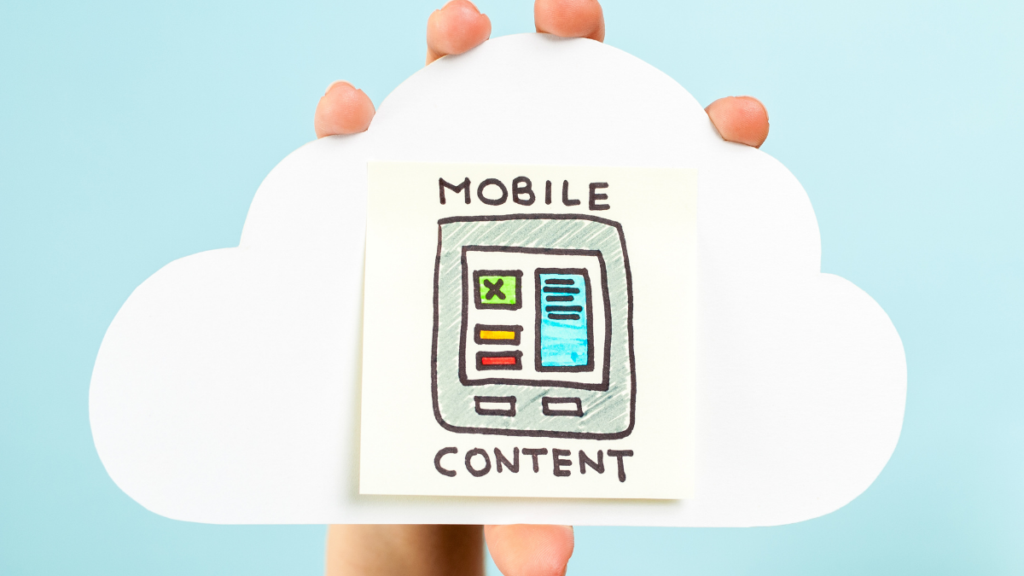You may have heard the term ‘headless’ used in relation to content management systems (CMS) and eCommerce, but what exactly does it mean and how could it help you and your business?
To give you a head start and help you stay ahead of the game, here’s our head’s up about all things ‘headless’.
Contents
- What is a headless CMS?
- Headless CMS vs. traditional CMS
- The benefits of a headless CMS
- Omnichannel
- Consistency
- Future proof
- Flexibility
- Security
- Use cases for a headless CMS
- To reach more customers on multiple channels
- A better customer experience on existing applications
- Development flexibility
- Which headless CMS should you use?
- Contentful
- Butter CMS
- Contentstack
- Kontent
- Sanity
- Need a headless CMS? Head to Code23

What is a headless CMS?
A headless CMS is one where the front end (the layer that presents the content to the end user) has been removed. The rest of the CMS body is still there, it can still store, manage, track, and deliver content, but there are no boundaries on where and how the content gets displayed.
Rather than having a defined ‘head’ to present the content (such as a website), a headless approach gives you the power to choose where your content ends up. The content sits within a cloud and developers can use APIs (application programming interface) to present the content on different platforms, screens, or devices, including iOS, Android, smartwatches, and virtual reality. So, it’s not that you don’t need a head, it’s that two heads (or more) are better than one.
To put it another way, a headless CMS is a bit like one of those multibit interchangeable screwdrivers (stay with us on this one). The screwdriver essentially performs one function but having the ability to change the screwdriver bit means it goes beyond being a screwdriver that only works on a particular type of screw head, such as slotted, to a wide range of screw heads, such as Phillips, square, or hex drive (we sure know our screws).
Headless CMS vs. traditional CMS
A traditional CMS has a defined ‘head’, which means they can only present your content in one way. They are often referred to as ‘monolithic’ systems as they provide everything in one system. While this is a great option if your content efforts are focused on, say, your website or app, it does not allow you to share your content beyond the predefined front end. In an age of omnichannel consumers, this can leave you trailing behind your competitors.
A headless CMS, however, gives developers the freedom to customise how they want to present their content on a variety of front ends. This gives you greater control over both your content and the customer experience.

The benefits of a headless CMS
Omnichannel
Consumers use multiple channels and multiple devices to shop online. In fact, 85% of them start a purchase on one device and finish it on another.1 Your eCommerce activity should reflect this. A Headless CMS frees you from the restraints of a traditional CMS and lets you present your content on any channel. There’s no need to re-engineer your platform or content to fit each separate channel, it’s simply a case of ‘changing your screwdriver head’ and using the correct API to connect with your chosen channel.
Consistency
As consumers switch across devices and channels, the shopping experience should remain consistent. They expect to be able to start making a purchase on one device and pick up where they left off on another. A headless CMS facilitates this consistency by having a single back end containing all of the user data. So no matter what channel the content is presented on, it will always originate from that single source of truth.
Future proof
Technology moves fast. Who knows what new eCommerce channels might be around the corner? One of the benefits of a headless CMS is that, by keeping the presentation layer separate from the back end, it’s future-proofed to remain compatible with new communication channels. No technical changes are needed within the CMS to present your content on any current – or future – channels. All you need is the relevant API to connect your content with the channel.
Flexibility
As well as offering the freedom to share content across multiple channels (which can help you reach a bigger audience), a headless CMS gives you the flexibility to use your favoured tech stack to get the job done as the content is delivered over APIs. For example, you can switch between frameworks or choose to work with your favourite language (such as Javascript).
Security
With a headless CMS, the platform is separated from the published content. As a result, one cyberattack won’t bring the whole operation to a standstill. The API connecting the two is often read-only, which adds an extra layer of security. You can also protect the API further with layers of secure code and encrypt published content to make it less vulnerable to attack.

Use cases for a headless CMS
To reach more customers on multiple channels
A headless CMS gives you the freedom to publish content on multiple channels. A headless approach isn’t concerned with where the content will end up. It simply facilitates the re-use of content across all channels, giving you access to the widest possible audience. This includes emerging technologies such as smart home devices (63% of homes are expected to have a smart home device by 20252).
A better customer experience on existing applications
A headless CMS won’t just broaden your horizons when it comes to publishing content on new channels. It will also improve the digital experience across your existing web or mobile applications. As a result, there’s no need to replace these legacy applications (which can be costly). Simply use your headless CMS to publish updated content to improve the customer experience.
Development flexibility
You may find that it’s easier to reach your content marketing goals with a Headless CMS. As APIs are used to present the content there are no restrictions on where that content ends up. So, for example, if you want an iOS and Android app, you can achieve both outcomes using the relevant APIs and the same back end.

Which headless CMS should you use?
Here are some examples of headless CMS platforms. Of course, the only way to truly guarantee that a headless CMS meets your requirements is to choose a custom solution. To find out more about how we can help, check out our custom software development services.
Contentful
This next-generation content platform was purpose-built for creating omnichannel digital experiences and integrates with hundreds of tools. It’s available via free, team, and enterprise plans.
Butter CMS
The Chicago-based company describe Butter CMS as ‘Our Content API is a modern approach to CMS you’ll love that meets any content challenge’. It’s available via Blog, Start Up, Small Business, and Enterprise plans.
Contentstack
This headless CMS combines the best of digital experience and content management system technology to enable users to manage content across multiple digital channels. It’s available via Start, Grow, and Scale plans.
Kontent
According to their website, Kontent ‘gives you the flexibility to build modern applications that improve profits and propel you ahead of the competition’. It’s available via Business, Premium, and Enterprise plans.
Sanity
This flexible content platform, trusted by the likes of Nike, Eurostar, and Figma enables brands to build data-driven content solutions. It’s available via Pay-as-you-go, Advanced, and Enterprise plans.
Need a headless CMS? Head to Code23
If you want to stay one step ahead of your competitors with a headless CMS that lets you reach a larger audience on multiple channels, we’d love to help.
Discover what we could do for you on our custom software development page and Laravel page. Then, get in touch, to discuss building a headless CMS you’ll fall head over heels in love with.

References

Leave a Reply